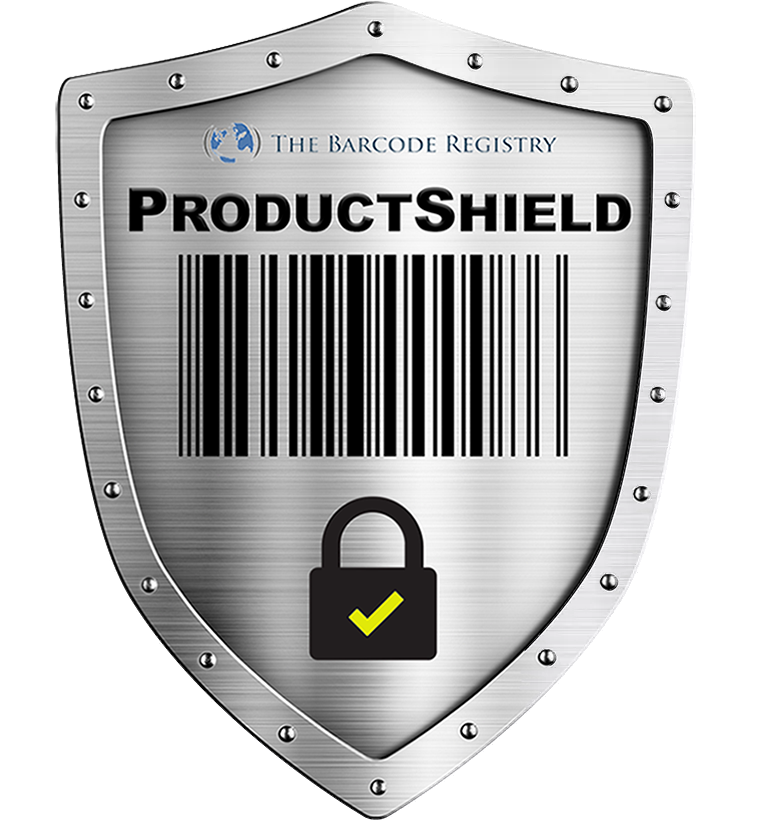The Power of Verified Barcodes: Ensuring Authenticity in E-Commerce
The Power of Verified Barcodes: Ensuring Authenticity in E-Commerce
In the world of e-commerce, the integrity of products is paramount. Verified barcodes are a robust defense against the proliferation of counterfeit goods, ensuring that products are genuine, traceable, and compliant with marketplace standards. As more consumers turn to online shopping, the significance of these barcodes in maintaining trust and authenticity cannot be overstated.
Verified barcodes, such as those required by Amazon and other e-commerce platforms, are unique product identifiers. They are critical in differentiating genuine articles from fakes. Each barcode is associated with specific product information, including the manufacturer, product name, and item specifications. This detailed association helps authenticate items before they reach the consumer, reducing the chances of counterfeit goods entering the supply chain.
For brands and sellers, verified barcodes are a tool to safeguard reputation. Companies can more easily track their items throughout the supply chain by ensuring each product has a unique, verifiable identifier. This traceability helps in recalling products, managing inventory, and providing a clear product lineage - all of which contribute to maintaining a trustworthy brand image.
E-commerce giants like Amazon require sellers to use verified barcodes to list products. This is not merely an operational requirement; it's a quality control measure. It ensures each listing corresponds to a unique, traceable product, significantly reducing duplicate listings or fraudulent entries. By adhering to these standards, sellers comply with marketplace regulations and enhance their credibility and customer trust.
Obtaining and assigning verified barcodes involves several steps and a level of scrutiny that acts as a deterrent to counterfeiters. By raising the barriers to entry for falsifying products, verified barcodes make it less profitable and more challenging for counterfeit operations to mimic genuine products. Moreover, platforms often have measures in place to check and recheck the authenticity of these codes, making deception increasingly difficult.
To ensure that barcodes are verified and protected, sellers should register them with reputable services like TheBarcodeRegistry. This process typically involves.
Obtaining the Barcodes: Acquiring unique UPC or other barcodes from authorized providers.
Registration: Associating these barcodes with specific products and registering them with a service that maintains a global database of product barcodes.
Monitoring: Regularly checking and updating barcode records to ensure accurate and up-to-date information.
By taking these steps, sellers can significantly bolster their defenses against counterfeits and maintain the integrity of their listings.
Verified barcodes are more than just numbers and lines printed on product packaging; they are vital tools in the fight against counterfeit goods. They ensure the authenticity of products, protect brand reputation, comply with marketplace standards, and discourage fraudulent copies. In an era where consumer trust is as valuable as the products sold, verified barcodes provide a clear path to maintaining integrity and trust in e-commerce. You can verify your barcodes and learn more about protecting your products at https://thebarcoderegistry.com/verify.
To register your barcodes and keep them secure, visit https://thebarcoderegistry.com/member-benefits.
